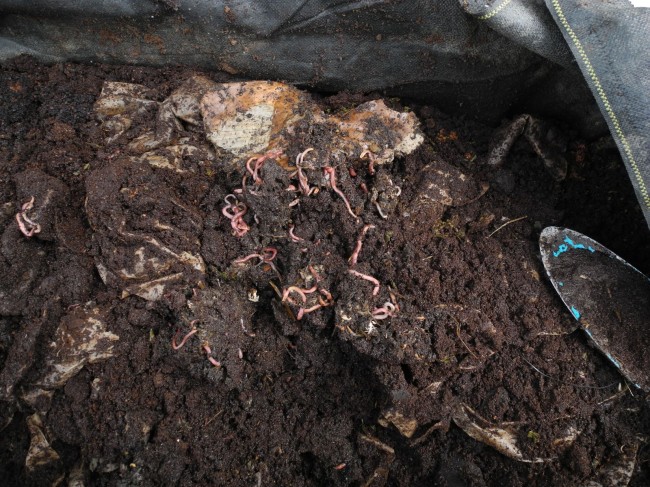Na, so langsam beschäftigt sich die Forschung ja auch mit „alternativen“ Ansätzen. Interessant zum Beispiel die Untersuchung zu den Bodenbakterien und dem Geschmack des Weines. Diese beiden hier fielen mir in die Hände, gerade zu einem Zeitpunkt als wir anfingen ausrangierte Badewannen für einen Wurmkompost (auf Kaffeesatz) umzufunktionieren, und sich die Gärtnerei über den Wurmtee freute – und deutliche Wachstumssteigerungen bei der Anzucht erkannte. Auch der Wurmkompost wird im Frühjahr dann verwendet – er wird in die Anzuchtserde gemischt.
Humic substances from vermicompost enhance urban lettuce production
Urban agriculture is growing worldwide with the growth of cities. Urban agriculture represents about 20 % of Cuban agriculture. In Cuba, urban agriculture is institutionalized and organized with ecological principles. For instance, local agriculture enhances food security and decreases the use of nonrenewable fertilizers. However, organic crop production in urban environments is challenging because of intensive plant nutrient requirements and disease incidence. Here, we tested an innovative technology based on plant growth promoters isolated from vermicompost and applied directly to lettuce leaves. We monitored plant metabolism by measuring the activities of nitrate reductase, an enzyme linked to N assimilation, and of phenylalanine ammonia lyase, an enzyme linked to plant defense. The experiment was conducted in the organic urban system in Guines, Cuba. We applied liquid humates at 10, 15, or 20 mg C L−1 once at the seedling stage and again 15 days after transplantation. Our results show that humates at 15 mg C L−1 shortened by 21 days the lettuce production cycle, allowing early harvesting without changing quality while increasing yields expressed as the number of leaves per plant. Humate application also decreased total carbohydrate, increased protein, increased nitrate uptake, and stimulated nitrate reductase and phenylalanine ammonia lyase in lettuce leaves.
Earthworm services for cropping systems. A review
Intensive agriculture is often criticized for negative impacts on environment and human health. This issue may be solved by a better management of organisms living in crop fields. Here, we review the benefits of earthworms for crops, and we present techniques to increase earthworm abundance. The major points are the following: (1) Earthworms usually improve soil structural stability and soil porosity and reduce runoff. (2) Earthworms modify soil organic matter (SOM) and nutrient cycling. Specifically, earthworms stabilize SOM fractions within their casts, and they also increase the mineralization of organic matter in the short term by altering physical protection within aggregates and enhancing microbial activity. (3) The positive correlation between earthworm abundance and crop production is not systematic, and contrasting effects on yields have been observed. Earthworms induce the production of hormone-like substances that improve plant growth and health. (4) Direct drilling increases earthworm abundance and species diversity, but the beneficial effect of reduced tillage depends upon the species present and tillage intensity. (5) Organic amendments enhance earthworm abundance. (6) Earthworms feeding at soil surface are the most exposed to pesticides and other agrochemicals. Finally, we discuss how to combine management practices, including inoculation, to increase the earthworm services. We conclude that using earthworm services in cropping systems has potential to boost agricultural sustainability.




